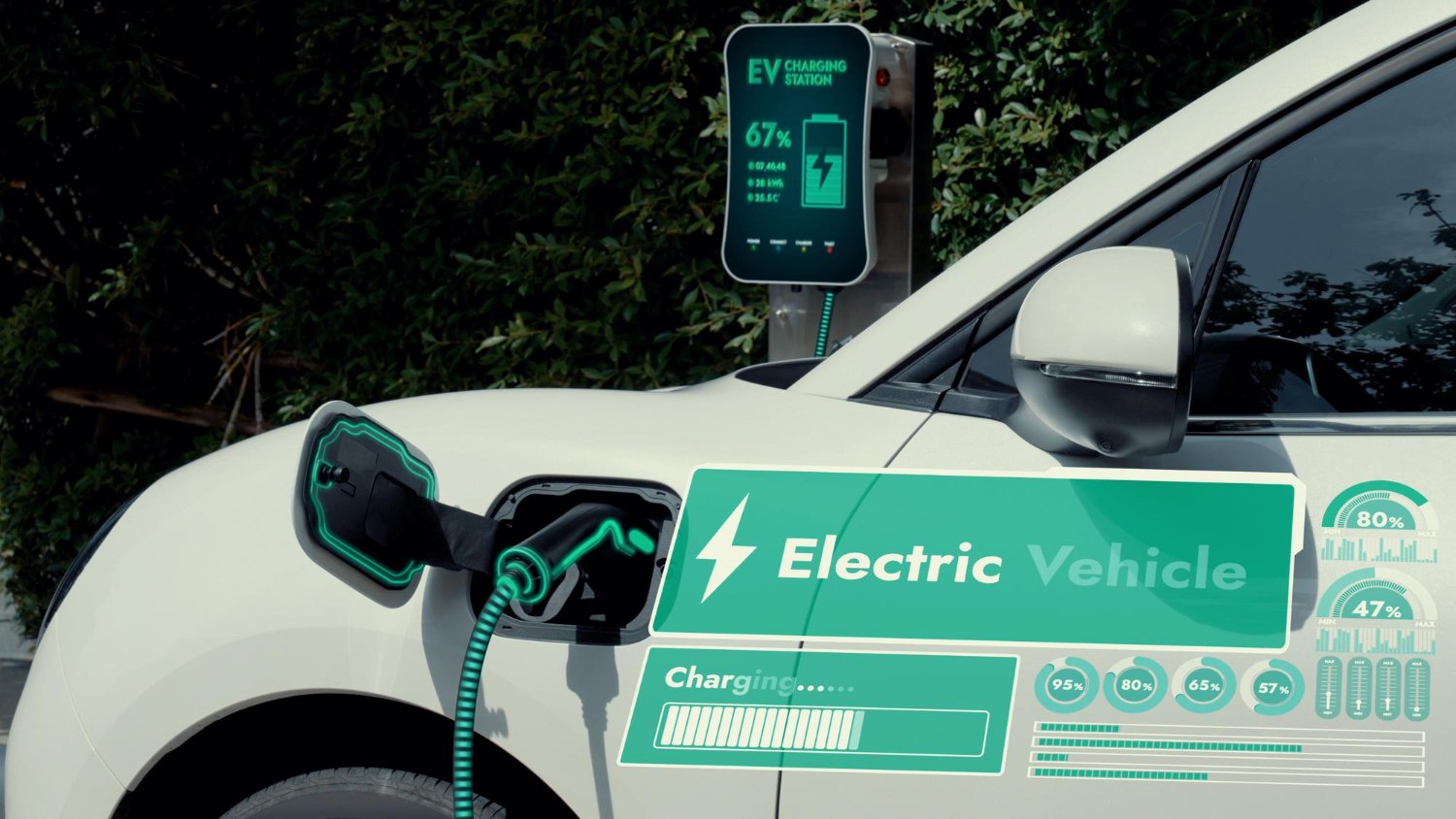
Tech Innovations
Electric cars are becoming increasingly popular as they are a sustainable alternative to traditional internal combustion engine (ICE) vehicles. As engineering students, understanding the technical aspects of these vehicles is crucial. One common question that arises is whether electric cars have gears, similar to their ICE counterparts.
In this article we have discussed the mechanics of electric cars, exploring their need for gears, the types of transmission systems used, and the implications for vehicle performance and efficiency.
Traditional ICE vehicles rely on a multi-speed gearbox, or transmission, to manage the engine’s power output and adapt it to varying driving conditions. This necessity emerges from the engine’s narrow optimal operating speed range and the need to maximize efficiency and performance across different speeds and loads.
Electric cars, on the other hand, use electric motors to drive the wheels. These motors operate on fundamentally different principles when compared against ICEs. Electric motors provide a broad torque curve, delivering maximum torque from a standstill and maintaining high efficiency across a wide range of speeds. This unique characteristic of electric motors significantly reduces the need for complex multi-speed transmissions.
The majority of electric cars on the market today employ a single-speed transmission. This simplicity is possible due to the electric motor’s ability to efficiently cover a broad range of speeds without the need for gear shifting. Here’s how it works:
The single-speed transmission typically consists of a fixed gear ratio that balances acceleration and top speed. This ratio is carefully selected to ensure that the electric motor remains within its efficient operating range during typical driving conditions.
While single-speed transmissions are prevalent, some high-performance electric cars and specialized applications do use multi-speed transmissions. These are typically seen in electric sports cars or vehicles designed for specific purposes that require a wider range of operational efficiency or enhanced performance.
One notable example is the Porsche Taycan, which features a two-speed transmission. The first gear provides strong acceleration, while the second gear allows for higher top speeds and improved efficiency at cruising speeds. This setup highlights how a multi-speed transmission can enhance the driving dynamics and performance of an electric vehicle.
For engineering students, understanding the choice between single-speed and multi-speed transmissions in electric cars involves considering several factors:
As electric vehicle technology continues to evolve, we may see further innovations in transmission systems. Potential areas of development include:
Advanced Motor Control: Improvements in motor control algorithms could further reduce the need for multi-speed transmissions by enhancing the efficiency and performance of single-speed setups.
Integrated Drivetrains: The integration of motor, transmission, and power electronics into a single, compact unit can improve efficiency and simplify the vehicle architecture.
Adaptive Transmissions: Future electric vehicles might employ adaptive transmissions that can dynamically change gear ratios based on driving conditions, further optimizing performance and efficiency.
Electric cars, by leveraging the unique characteristics of electric motors, largely dispense with the need for multi-speed transmissions found in ICE vehicles. The simplicity and efficiency of single-speed transmissions make them the prevalent choice for most electric vehicles, contributing to their reliability, compactness, and smooth driving experience. However, multi-speed transmissions have their place in high-performance applications, offering benefits in terms of acceleration, top speed, and efficiency.
For engineering students, understanding these nuances is important for contributing to the advancement of electric vehicle technology. As the field continues to innovate, staying informed about the latest developments will be crucial for designing the next generation of electric drivetrains.